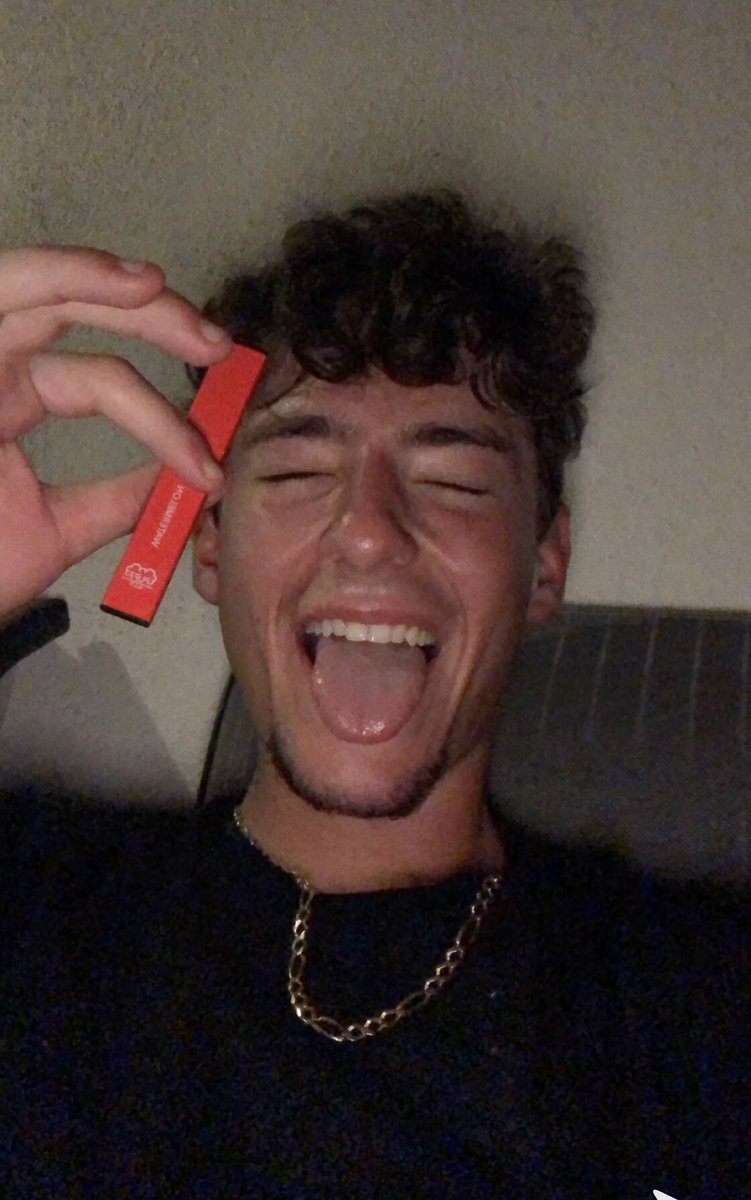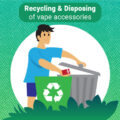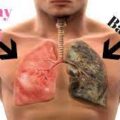
The term ‘Puff Bar’ is taken from the popular US product of the same name. However, across the vaping industry, the term has been used to describe products that look similar in form factor. These vape bars go by a multitude of names, as manufacturers tend to brand them all slightly different. Elf Bars, Beco Bars, and Vape Bars are all similar, disposable vaping devices. The puff bar marks a new era of disposable vaping devices, these pre-filled vape devices contain around 1.3ml of e-liquid and are available in a multitude of different flavours.
Why Puff Bars Were Banned?
In January 2018, the National Academies of Science, Engineering, and Medicine released a consensus study report that reviewed over 800 different studies.
That report made clear that using e-cigarettes causes health risks. It concluded that e-cigarettes both contain and emit a number of potentially toxic substances. The Academies’ report also states there is moderate evidence that youth who use e-cigarettes are at increased risk for cough and wheezing and an increase in asthma exacerbations.
- A study from the University of North Carolina found that the two primary ingredients found in e-cigarettes—propylene glycol and vegetable glycerin—are toxic to cells and that the more ingredients in an e-liquid, the greater the toxicity.
- E-cigarettes produce a number of dangerous chemicals including acetaldehyde, acrolein, and formaldehyde. These aldehydes can cause lung disease, as well as cardiovascular (heart) disease.
- E-cigarettes also contain acrolein, a herbicide primarily used to kill weeds. It can cause acute lung injury and COPD and may cause asthma and lung cancer.
- Both the U.S. Surgeon General and the National Academies of Science, Engineering, and Medicine have warned about the risks of inhaling secondhand e-cigarette emissions, which are created when an e-cigarette user exhales the chemical cocktail created by e-cigarettes.
- In 2016, the Surgeon General concluded that secondhand emissions contain, “nicotine; ultrafine particles; flavorings such as diacetyl, a chemical linked to serious lung disease; volatile organic compounds such as benzene, which is found in car exhaust; and heavy metals, such as nickel, tin, and lead.”
The Food and Drug Administration revealed that it has not found any e-cigarette to be safe and effective in helping smokers quit. As a result of the health risk associated, most health departments across the globe including the FDA issued a blanket ban. In the US FDA directed the removal of all fruit-flavored e-liquids from vape products. Adding attractive flavors to these devices makes them appealing to a young audience.
Why are Young People Still learning How to Recharge A Puff Bar?
Following the ban on Puff Bars and all fruit-flavored e-liquids from the market, health experts had expected a slowdown in the use of vaping products. However, more young people are still learning how to recharge a puff, and a puff bar plus implying that the trend is rather growing. Each Puff Bar comes with its own 280mAh rechargeable battery and boasts about 300 puffs in each – approximately the same as 20 cigarettes per pack.
WSJ reported that although The Food and Drug Administration told the e-cigarette maker to stop selling its fruity, disposable vaporizers, as part of a broader crackdown on underage vaping. The brand resumed sales on its website the following month and introduced a change that may allow it to sidestep the FDA: Puff Bar says it is using nicotine that isn’t derived from tobacco.
The FDA, which regulates tobacco products and smoking-cessation devices like nicotine gum, said it was aware of Puff Bar’s move. An agency spokeswoman declined to say whether the agency’s Puff Bar ban was still applicable, noting that she couldn’t comment on an ongoing investigation.
E-cigarettes are more popular than any traditional tobacco product among young people. In 2015, the U.S. surgeon general reported that e-cigarette use among high school students had increased by 900%, and 40% of young e-cigarette users had never smoked regular tobacco.
The rising popularity of vaping has been dramatic, especially among teenagers. According to a recent study, about 37% of high school seniors reported vaping in 2018, up from 28% the year before. An estimated 2.1 million middle school and high school students reported using e-cigarettes in 2017; that number jumped to 3.6 million in 2018. Certainly, age restrictions — it’s illegal to sell e-cigarettes to anyone under 21 (18 or 19 in some states) — aren’t preventing use among teens and young adults. And nearly seven million adults 18 or older use e-cigarettes, according to a 2017 survey by the CDC.
According to the health department, experts responsible for health policy say there are three reasons e-cigarettes may be particularly enticing to young people. First, many teens believe that vaping is less harmful than smoking. Second, e-cigarettes have a lower per-use cost than traditional cigarettes. Finally, vape cartridges are often formulated with flavorings such as apple pie and watermelon that appeal to younger users. Both youths and adults find the lack of smoke appealing. With no smell, e-cigarettes reduce the stigma of smoking.
Health Department Guide On How To Quit Vaping
According to smoke-free, there are many good reasons to stop vaping, and knowing why you want to quit vaping can help you stay motivated and focused on your goal to become vape-free. The following tips will help you on your journey to quit vaping:
Give yourself time to get ready: Getting ready can help you feel confident and give you the skills you’ll need to stay quiet. Don’t pick a date too far away gives you time to change your mind or become less interested in quitting. Choose a date that is no more than a week or two away.
Create Your Quit Plan: Create a personalized quit plan to help you stay confident and motivated to quit vaping. Having a plan for handling the tough times can help you stay on track and increases your chances of quitting successfully.
Shift your mindset and stop rationalizing: No more “one puff won’t hurt” or similar thoughts.
Avoid temptation: You won’t want to be around others who smoke or use e-cigarettes during these first days and weeks. Get rid of all nicotine-related products in your home, including your Juul, the charger, the pods, and anything that reminds you of Juuling.
Prepare for withdrawal: Have alternative activities ready for when you feel strong cravings. For example, prep some crunchy, snackable foods that may help you occupy your hands and mouth or have your tennis shoes in plain sight so you can easily remember to get up and go for a walk instead of obsessing over your craving.
Keep someone on call: Designate a supportive friend or family member to pick up your calls or answer texts while you push through the first couple of weeks. You can also utilize a professional quitline.
How to deal with people who don’t support your decision to quit vaping
Some important people in your life may not understand your decision to quit. It can be frustrating or discouraging when someone in your life is not as supportive as you’d like. Try one of these strategies:
- Distance yourself. You may need to take a break from unsupportive people when you first quit. Let them know that you need to make quitting vaping your priority right now.
- Recommit to quitting. Remind yourself why you are quitting and why being vape-free is important to you.
- Ask them to respect your decision. Not everyone will know how to be supportive, and that’s okay. Ask them not to vape around you or offer you to use their vape.
- Lean on positive people. Spend time with people who make you feel good about your decision and who want you to quit.
Talk to a doctor. Talk to your doctor or another health care professional about how to quit vaping. Ask how they might be able to help you. They can offer support and resources. READ: How To Dispose Of Puff Bar





I have read several good stuff here. Certainly worth bookmarking for revisiting. I surprise how much effort you put to make such a magnificent informative web site. daddkedakdke